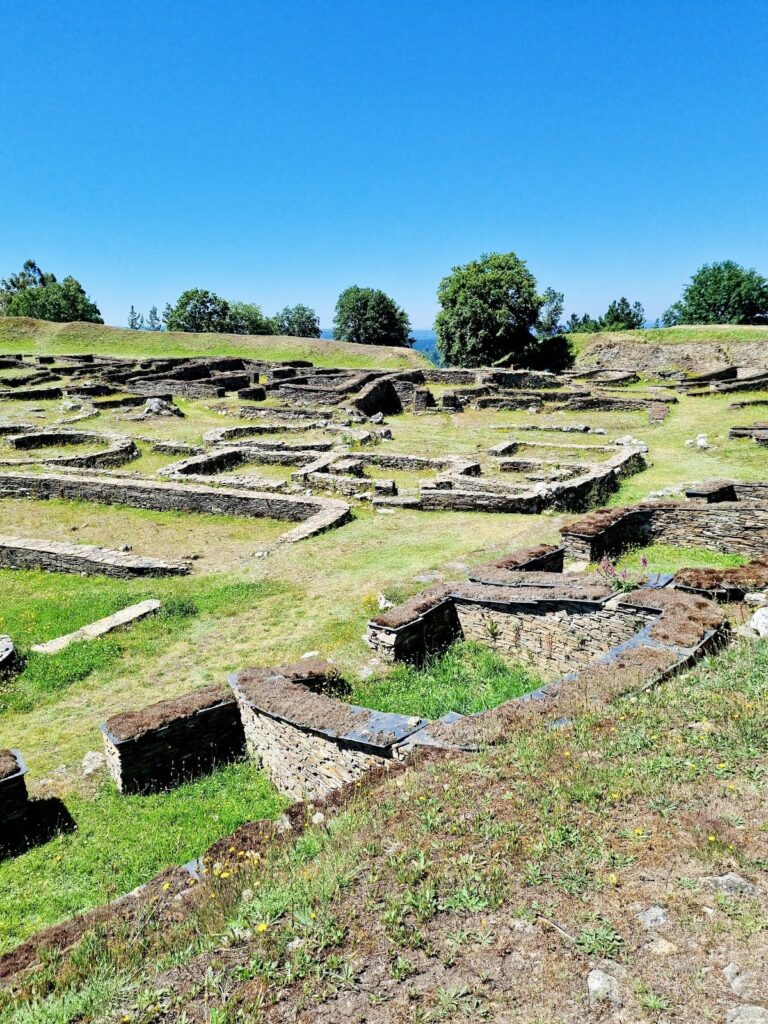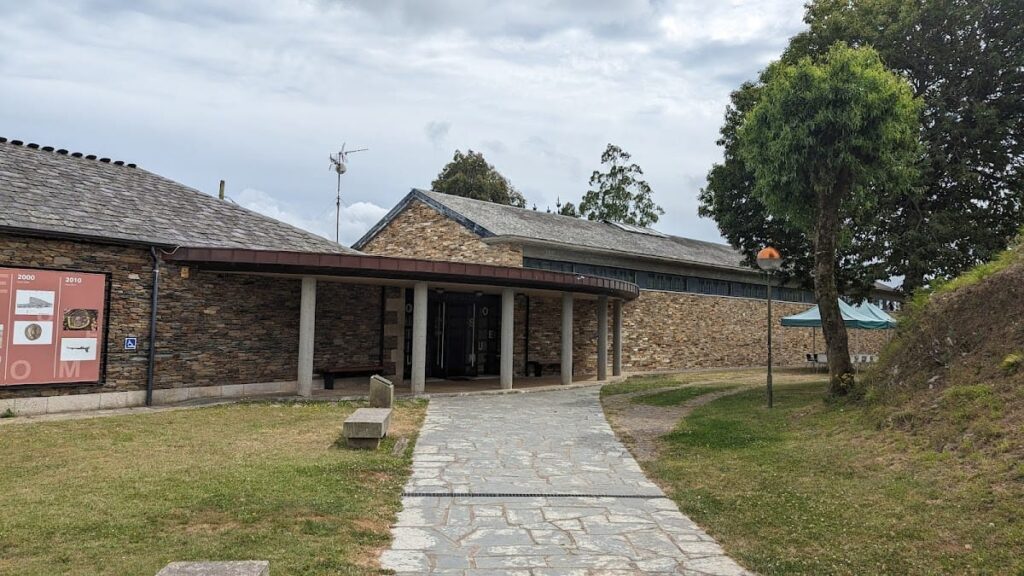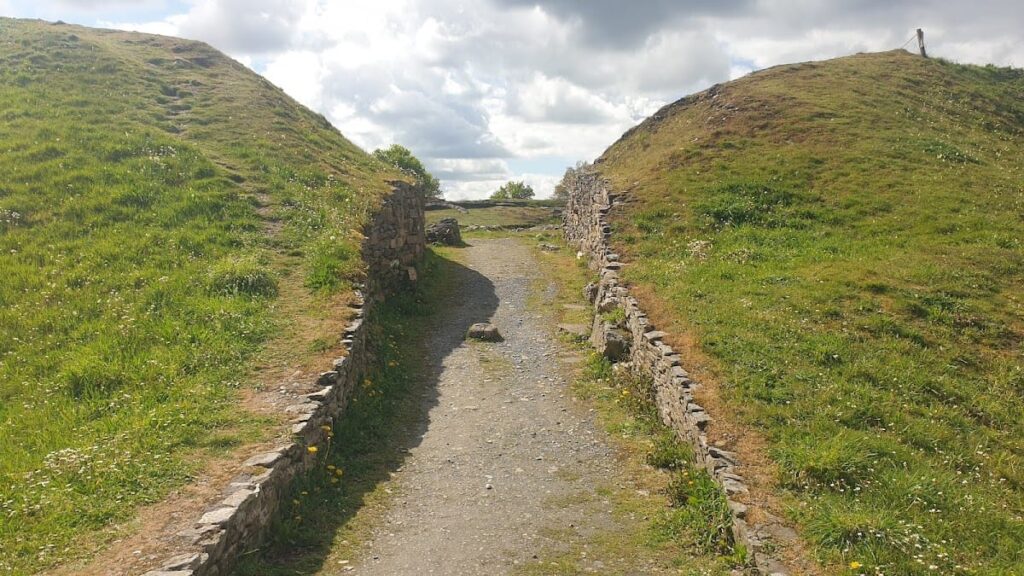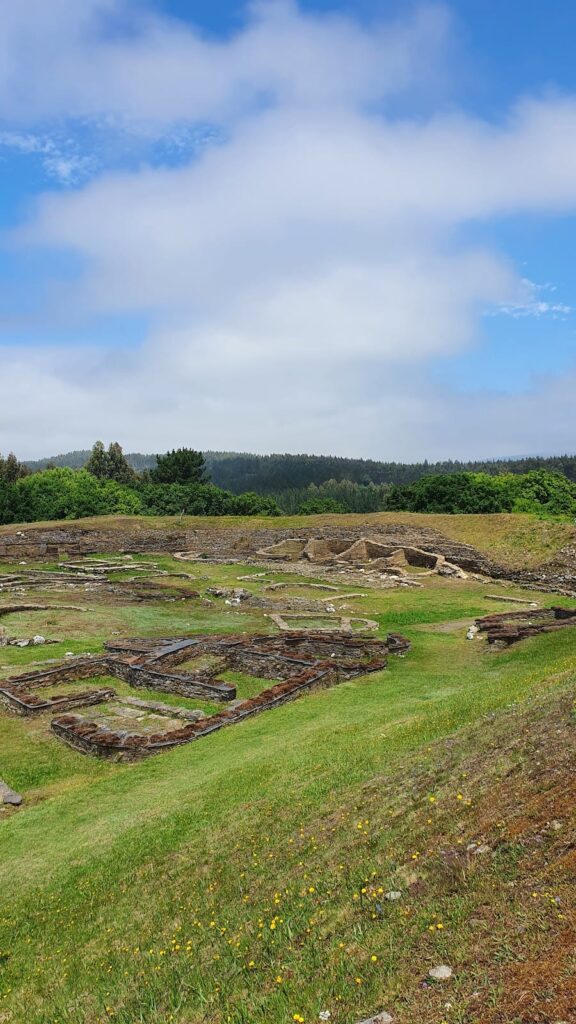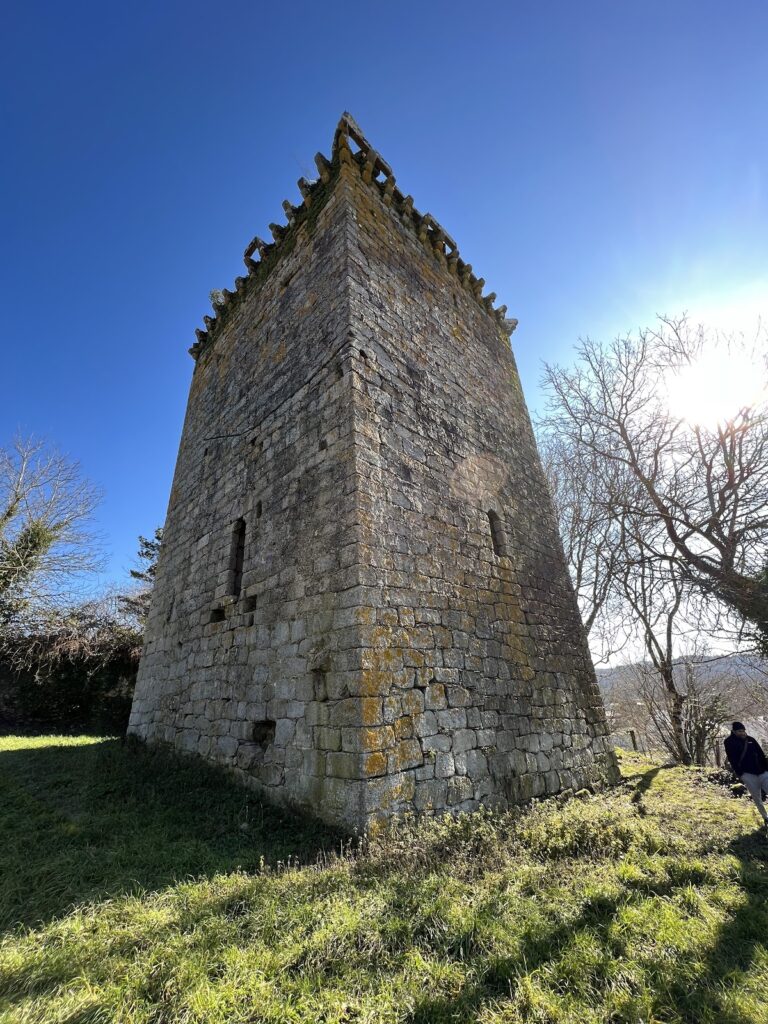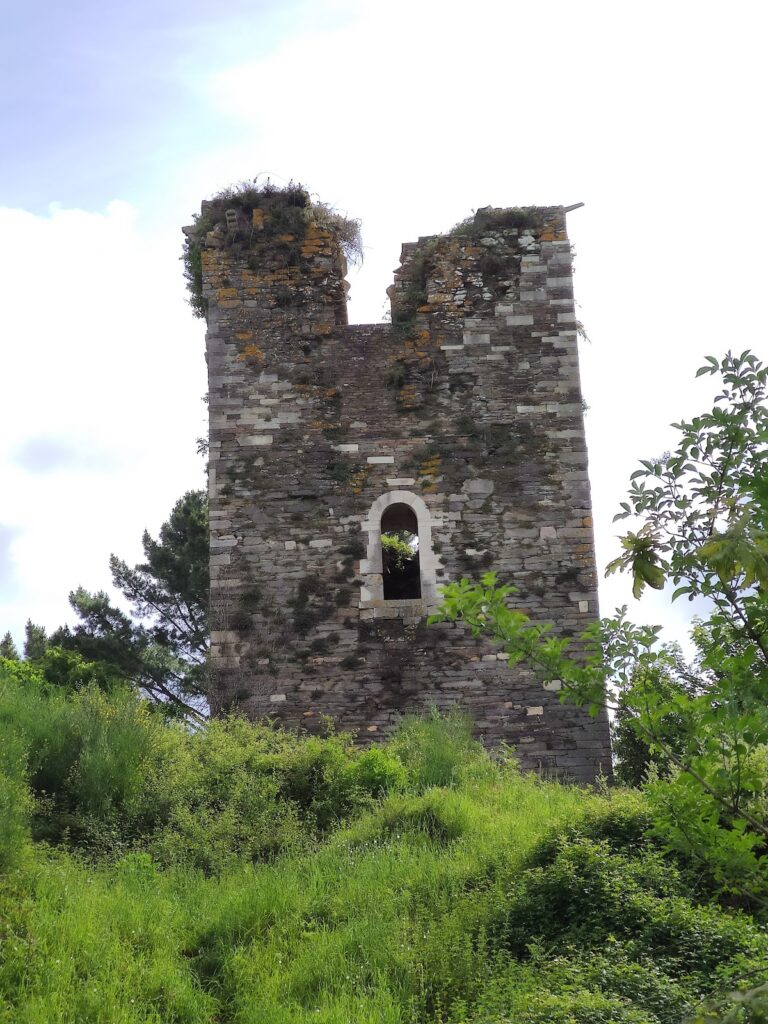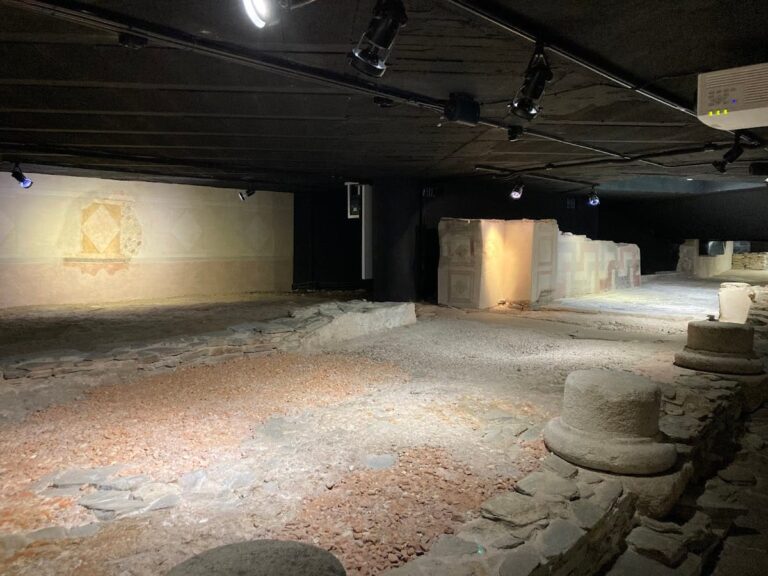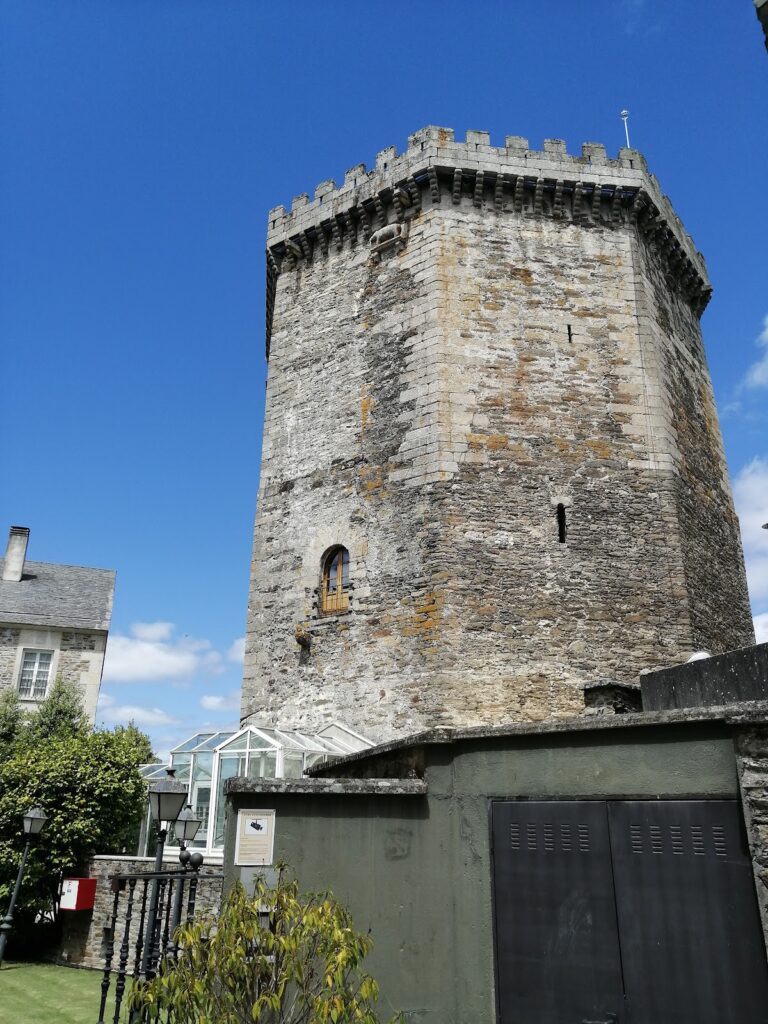Castro de Viladonga: A Late Roman Fortified Settlement in Galicia, Spain
Visitor Information
Google Rating: 4.8
Popularity: Low
Google Maps: View on Google Maps
Official Website: viladonga.xunta.gal
Country: Spain
Civilization: Roman
Remains: Military
History
The Castro de Viladonga is located in the municipality of Castro de Rei, within Lugo province in the region of Galicia, northwestern Spain. This fortified settlement was built and inhabited by the castrexa culture, a local Iron Age people who adapted to Roman influence over time. The site occupies a strategic hilltop at 535 meters above sea level, overlooking the Terra Chá plain.
The castro was continuously occupied from the 2nd century until the 5th century AD, a period that corresponds to the late Roman or advanced Roman era in the region. During this time, the inhabitants adapted their traditional lifestyle to Roman customs and materials, as reflected in the archaeological remains.
The Castro de Viladonga was first mentioned in scholarly literature in the early 20th century, notably by Manuel Amor Meilán in 1918. Archaeological interest grew in the 1970s, leading to systematic excavations that revealed the site’s occupation. In 2009, the Xunta de Galicia officially recognized the site as a Bien de Interés Cultural, a protected cultural heritage designation, which also included a nearby castro called Rodela de Balmonte.
Remains
The Castro de Viladonga covers about four hectares within its defensive walls. At its center lies an irregular quadrangular area roughly 100 by 95 meters in size. This central space contains most of the discovered buildings and measures approximately 10,000 square meters. The settlement is surrounded by multiple walls and ditches, including two outer wards called antecastros, which form terraces on the hillside.
The main defensive wall is built from carefully cut blocks of schist stone, known locally as perpiaños de xisto. This wall reaches heights between 12 and 14 meters on the side facing the surrounding ditch, providing strong protection. Excavations uncovered various structures such as houses, animal pens, storage rooms, and communal buildings. These are arranged in neighborhoods along two main streets and a street running parallel to the main wall.
Archaeological work has allowed detailed topographic plans and reconstructions of the site. Some walls were initially left as earth test walls during excavation but were later removed to clarify the layout. The preservation of the remains is sufficient to understand the settlement’s organization and construction techniques.
Among the notable artifacts found are two gold torques, one discovered in 1911 weighing 180 grams of 20-carat gold, now housed in the Provincial Museum of Lugo. A second torque of similar style but lower gold purity was found during the 1970s excavations. Other significant finds include a gold ring with an emerald intaglio, two Roman gold coins (aurei) from the reign of Emperor Arcadius, and various metal objects such as appliques, brooches, fibulae (ancient brooches), compasses, and a horse bit.
Additional remarkable items include two game boards for tabula latrunculata, an ancient strategy game, a bronze socketed axe with four rings, a bronze antennae dagger, and a rare decorated bronze ritual axe dating to the 3rd century BC. This ritual axe was discovered in 2020 within the access stairs of a monumental cistern, alongside bones, charcoal, and ceramic fragments, suggesting ceremonial use.
Overall, the remains at Castro de Viladonga provide a well-preserved example of a late Roman castro settlement, illustrating the adaptation of local culture to Roman influence in northwestern Spain.
